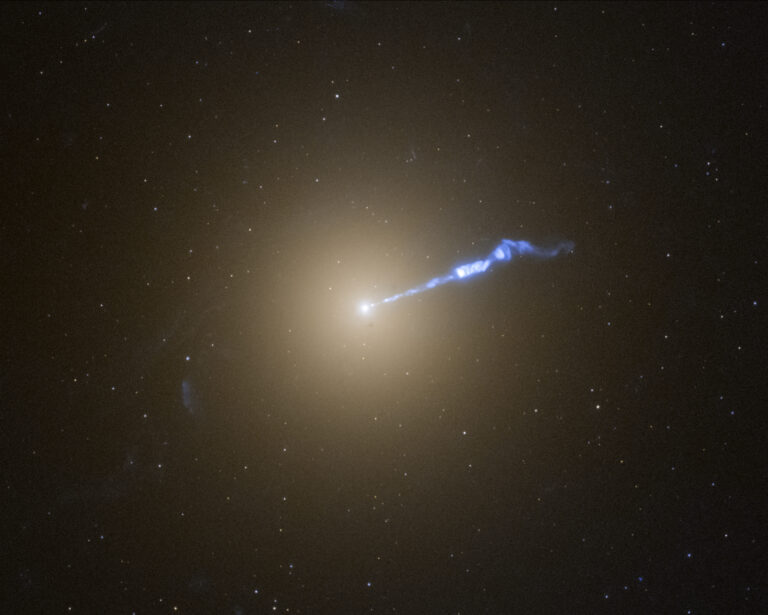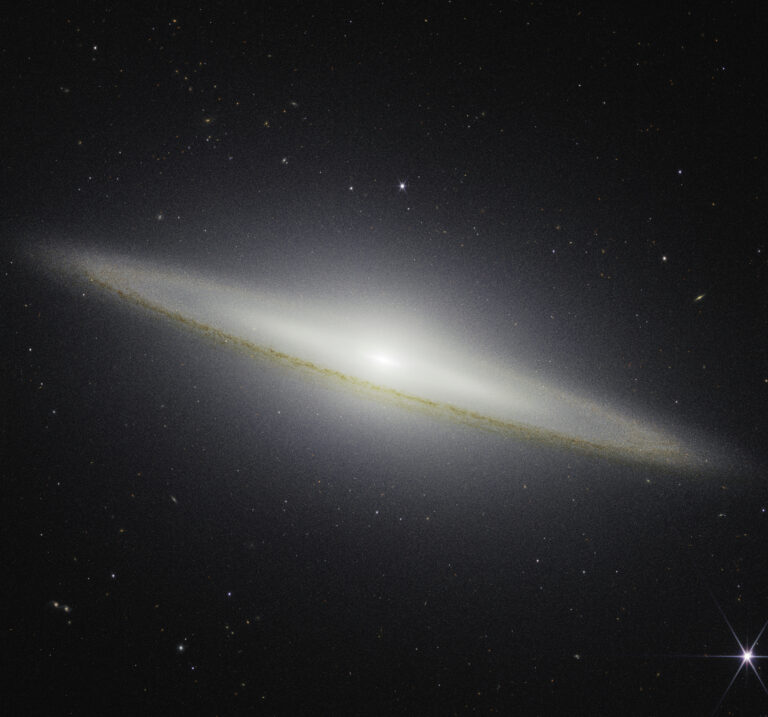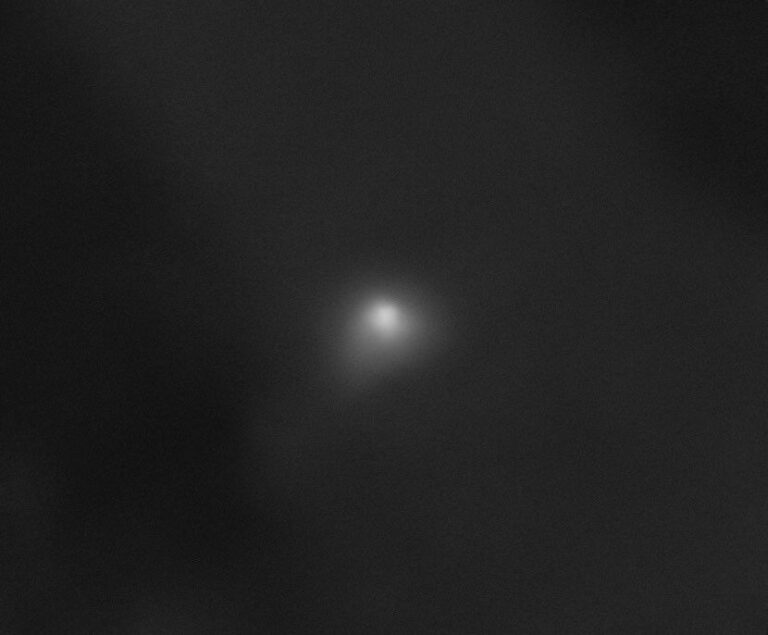
Key Takeaways:
- Human visual perception is inherently subjective, influenced by the brain's interpretation of retinal signals based on prior experience ("unconscious inference"), leading to illusions rather than a pure record of external reality.
- Common observational errors in astronomy include misjudging size and distance of celestial objects due to limitations in retinal image interpretation, and misinterpreting three-dimensional motion (e.g., perceiving a directly approaching aircraft as rising vertically).
- Pre-existing beliefs and biases significantly impact the interpretation of unusual celestial events, as exemplified by Percival Lowell's perception of Martian canals, illustrating the influence of personal convictions on observation.
- Precise time recording of celestial events is crucial for objective verification and analysis by experts, enabling corroboration with other observations and identification of human-made phenomena (e.g., satellite trains, rocket launches).
“Who ya gonna believe — me or your own eyes?” This famous challenge appears in a scene from the 1933 film Duck Soup. Chico Marx’s character, in a delightfully ridiculous act of espionage, has dressed himself identically to Groucho, in a nightcap and long nightshirt. A formidable dowager played by Margaret Dumont has just seen Groucho leave her room and tells Chico, as he emerges from under her bed, “I thought you left.” He denies it. “But I saw you with my own eyes,” she replies, only to be contradicted by Chico’s famous statement, often misquoted as: “Who ya gonna believe — me or your lying eyes?”
Dumont’s character’s belief in the validity of her observation reflects a deep conviction that each of us possess the ability to see the world clearly. But in unusual circumstances, our ability to interpret our surroundings based on what we see often evaporates. Coming to terms with this is an unwelcome task (and a blow to our self-esteem) that requires serious thought.
For astronomers, the effort is worthwhile. History has repeatedly shown that we humans are imperfect observers, susceptible to enhancing our perceptions with illusory, fantastical flourishes, whether by the unaided eye or peering through the eyepiece of a telescope.
The illusion of vision
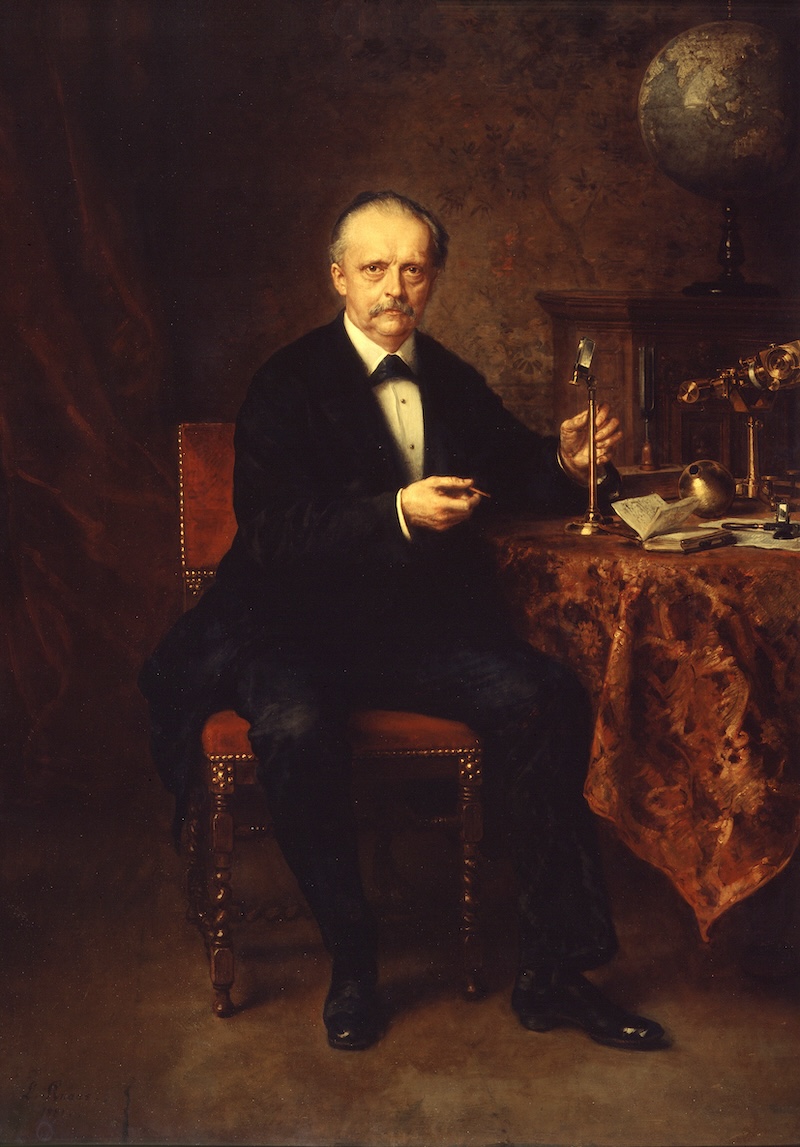
The belief that what we see must be real ignores the process by which we “see” anything. First, light must pass through our eyes’ lenses and strike our retinas, impacting our rods and cones and creating signals that travel through our optic nerves into the visual cortex of our brain. There these signals undergo interpretation that leads to our sensation of vision.
None of these channels involve a perfect image of the world outside, but the final step is the most subjective. Like most animals, our survival hinges on our ability to interpret the world around us as rapidly and coherently as possible — a capacity that has evolved over millions of years. As a result, our brain acts as a modeling device, trained in instantaneous, subconscious interpretation of the signals it receives.
The study of how our brain converts raw data from our retinas into quick impressions began in earnest with 19th-century German physicist-physician Hermann von Helmholtz, most famous in his era for inventing the ophthalmoscope that allowed doctors to look inside a human eye. Helmholtz concluded that human eyes cannot physically produce images as sharp as those that are manifested by the brain. Instead, he argued, our brain uses our past experiences to create sharp images and visual impressions.
In most cases, these inferences occur unconsciously. At times, we may recognize that we have the time and opportunity to analyze what we may be seeing, and to draw conscious conclusions about its nature. But in all cases, everything that we see represents an illusion — quite different from a “pure” record such as an undoctored photograph.
Our evolutionary need to fit new phenomena into our preset matrix of how the world works transforms what usually supplies a great advantage — our years of experience — into a serious drawback: our inability to see unusual events as they really are. Our brain wants the world to make sense and tells us stories toward this end. The stories may describe what actually exists, but we cannot be confident that they always do so.
Helmholtz coined the term “unconscious inference” to describe this phenomenon. But his work was largely dismissed by scientists and philosophers who favored a more objective view of perception.
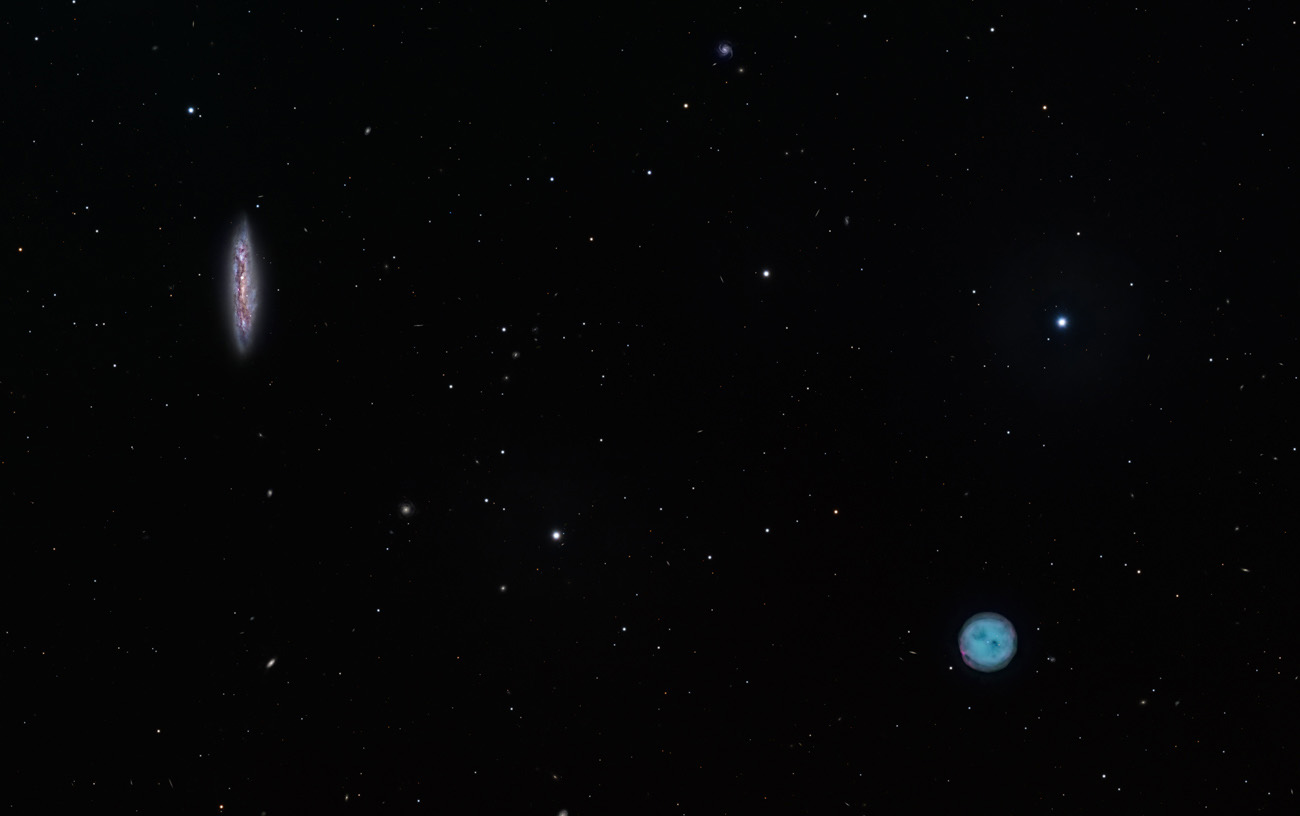
Common errors
A century later, the British neuroscientist Richard Gregory led a revival of interest in Helmholtz’s work. He cited Helmholtz to argue that resolving the ambiguity of the images on our retinas requires prior knowledge of the world. (Incidentally, Gregory was an amateur astronomer and his father, Clive, founded what is now the University College London Observatory.)
Of particular application to sky events, Gregory emphasized that we cannot determine the size, shape, and distance of objects from our retinal images alone. For instance, a small object at a close distance will span the same angular distance as an object that is 10 times larger and lies 10 times farther away. Almost every report that states the size and distance of an object in the sky deserves an immediate question: How do you know?
Another mistaken and somewhat subtler conclusion arises from our unfamiliarity with three-dimensional motion in the sky. Because our brain interprets the sky as a basically flat surface, an aircraft headed directly toward us at a constant altitude will appear to hover and then rise straight upward.
Both of these errors can appear when a bright meteor seems to strike the ground just over the next hill, when in fact it passed overhead at an altitude of dozens of miles and landed, if at all, at a similar distance from us.

The subconscious processing in our brain introduces other types of errors, such as in judging whether an object is moving or stationary. For example, when light clouds skim across the sky and suddenly reveal Venus, the planet can appear to have its own motion. Even when it looks stationary, Venus still heads the list of objects mistakenly reported as unusual. For those unfamiliar with the night sky, it may seem to have appeared suddenly. Atmospheric refraction can change Venus’ color, and if you jump in your car to follow it, Venus will maintain an unchanging distance from you, no matter how fast you drive.
But what about expert observers of the sky? Can we rely on, say, airline pilots, to do better at analyzing truly unfamiliar objects? After all, pilots must concentrate on complex tasks within a changing environment, laden with responsibility for correct judgment. But studies show this does not increase their capacity for judging unusual objects or events. As pilots are experts in the regular appearance of the skies, they are indeed skilled at recognizing strange events as unusual. But they often have no more expertise in understanding what these events actually are than the general public does.
An additional problem confronts both pilots and the general public in their attempts to appraise unusual events in the skies: their rapid appearance and disappearance. The difficulties that we face in processing unfamiliar events grow larger when we must do so quickly, sometimes within a few seconds. This hardly allows our brain the chance to consider carefully any such event. Anyone who has joined friends to watch a meteor shower has learned the uselessness of crying “Look at that!” because almost no meteor lasts long enough for others to see it.
Nature and nurture
In addition to the perceptual processing that results from human evolution, any person experiencing an unusual event is also affected by their personal history and beliefs.
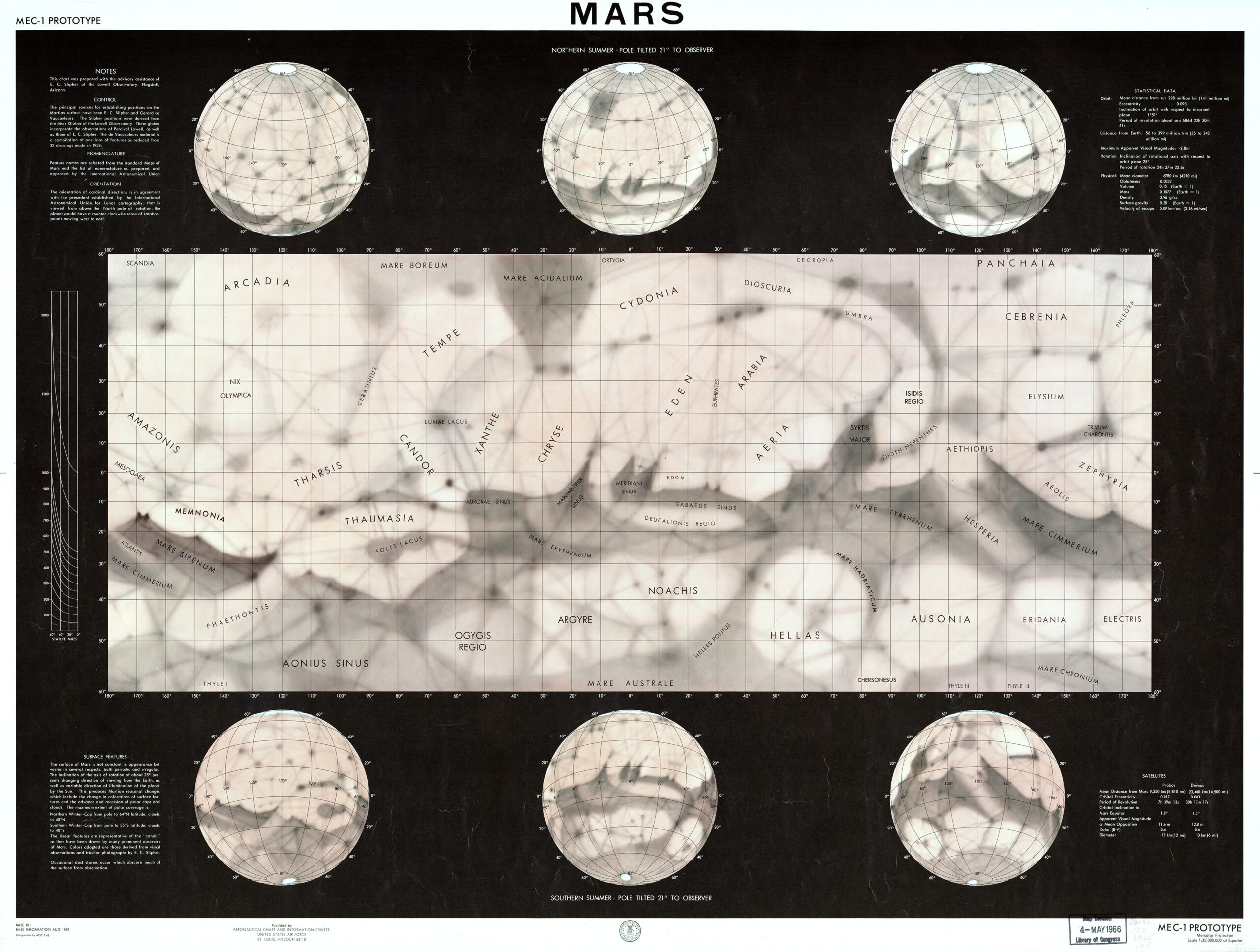
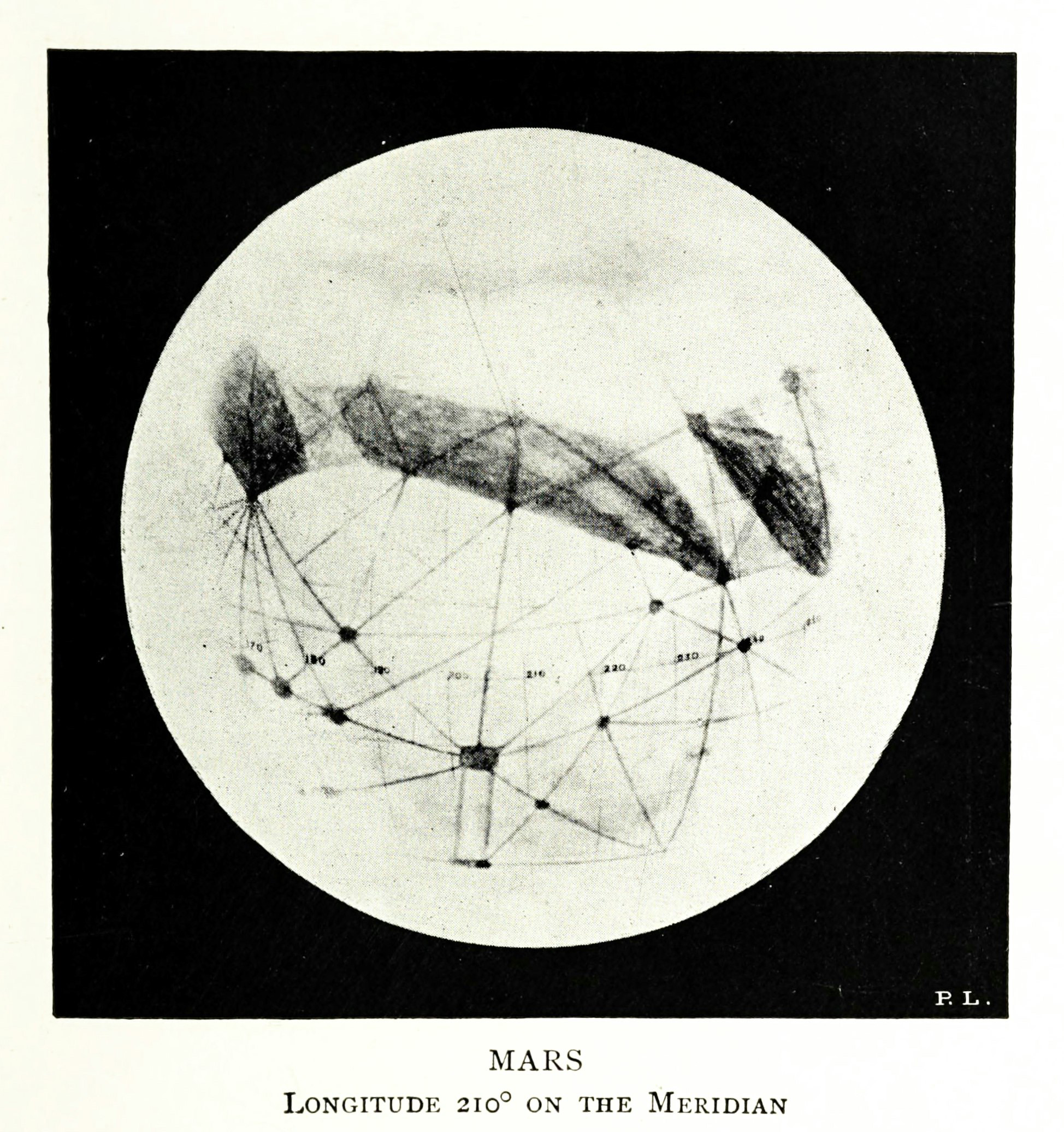
Consider Percival Lowell, a highly intelligent and skilled astronomer who built his eponymous observatory in Flagstaff, Arizona, in the 1890s around a 24-inch Clark refractor. He was particularly motivated to study Mars, largely because of his belief that extraterrestrial life flourished there.
When Lowell’s brain turned various features on the martian surface into elaborate networks of canals, he was responding both to our subconscious tendency to link random dots into continuous patterns and also to his innate convictions. Confronted with the fact that much larger telescopes, such as Lick Observatory’s 36-inch refractor and the 40-inch refractor at Yerkes Observatory, failed to show the features that he had drawn, Lowell insisted that their lenses were too large.

Lowell’s attitude and explanation well conform to the old, only slightly cynical adage, “I’ll see it when I believe it.” It is an intriguing aspect of human behavior that almost none of us recognize this propensity in ourselves.
Pre-existing convictions such as Lowell’s influence many of those who report strange celestial events. Unsurprisingly, any of us may carry subconscious or conscious judgments about what might appear in the sky from a lifetime of exposure to provocative suggestions from the entertainment industry.
One more aspect of our human development can cloud the accuracy of what we have seen in the sky: If a group of people observe an unusual event, one person’s deeply held conclusion may gain widespread acceptance among those with less certain opinions. With the advent of social media, this effect is more powerful than ever — as demonstrated in November and December 2024 over New Jersey and several other states in the U.S., when numerous observers reported unusual objects in the sky. As these turned out to be almost entirely aircraft and authorized drones, public interest first waned — and then vanished.
Clear-eyed observations
In view of the concatenation of influences described above, what hope remains for gaining an accurate understanding of strange events in the sky? Our finest instrument in this quest — our marvelous brain — confronts a long list of difficulties in achieving this goal. Our evolution, our lack of experience in studying the sky, the rapidity with which events occur, our inability to apply trigonometry to what we see, and our internal convictions about what we ought to see all work against a reasonable belief that we accurately know what we have seen.
But there is one key piece of objective information that any observer can record: the time of an event. Although we have no control over the long string of events that leads to our brain processing an unusual sight, we can easily note the time of its occurrence (unless we left our smartphone or watch at home).
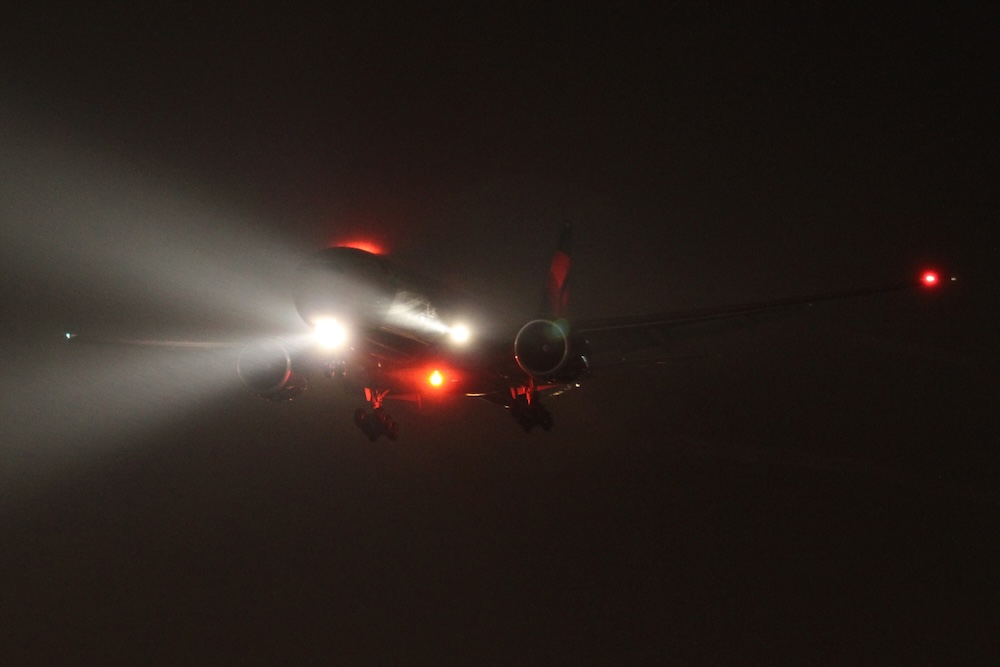
Accurately timing an event gives experts a far better chance to determine its cause, provided that observers have independent experiences. With this information, it’s relatively straightforward to determine whether observers have seen human-made events or objects, such as a train of Starlink satellites or the plume from a rocket launch. Rockets now often ignite an upper stage, either to increase their payload’s velocity or to allow a booster rocket to descend safely to Earth, producing a sudden trail of light visible over a thousand-mile range. These events can also occur thousands of miles from the actual launch sites. Comparison of an observer’s recorded time with the time of launch or ignition provides the surest check on whether the sudden excitement in the sky has a human origin.
So the next time you see something strange in the sky, don’t just believe your own eyes: Mark the time and place, and remember the complex process by which your brain creates what you are seeing. Understanding the limitations of visual perception doesn’t mean we should stop looking up in wonder. Instead, it invites us to do so with greater awareness of how we see the universe around us.

